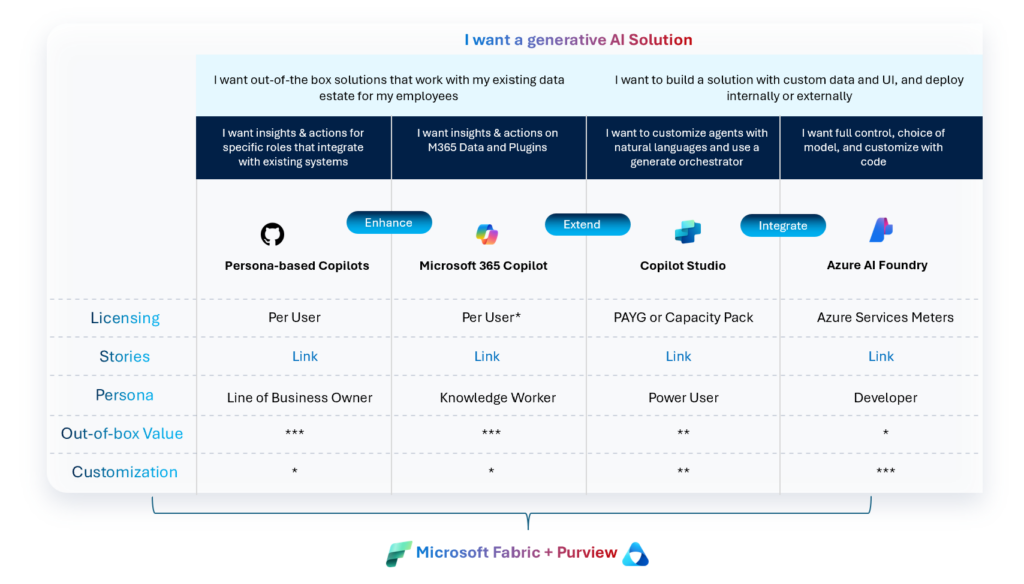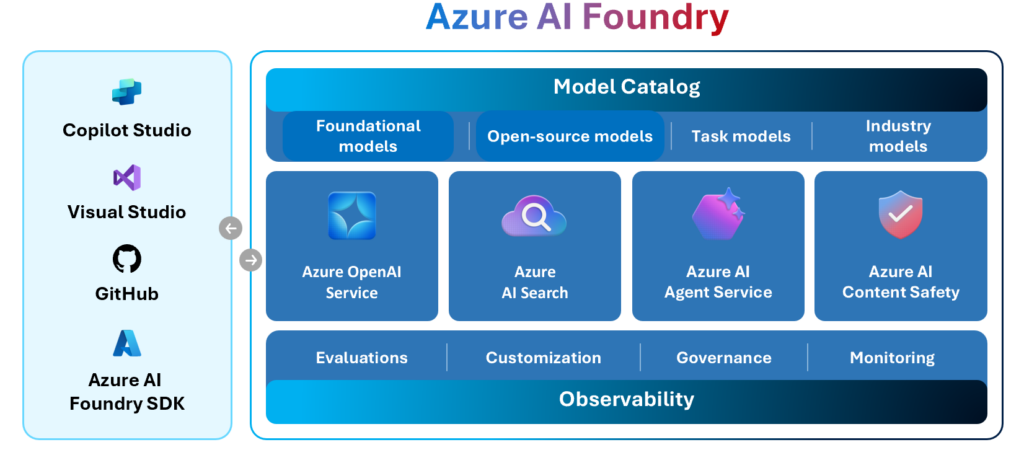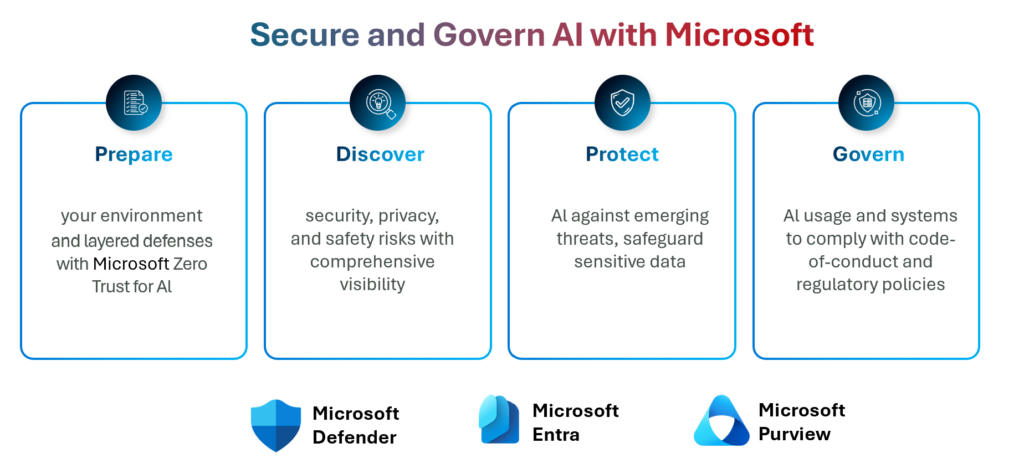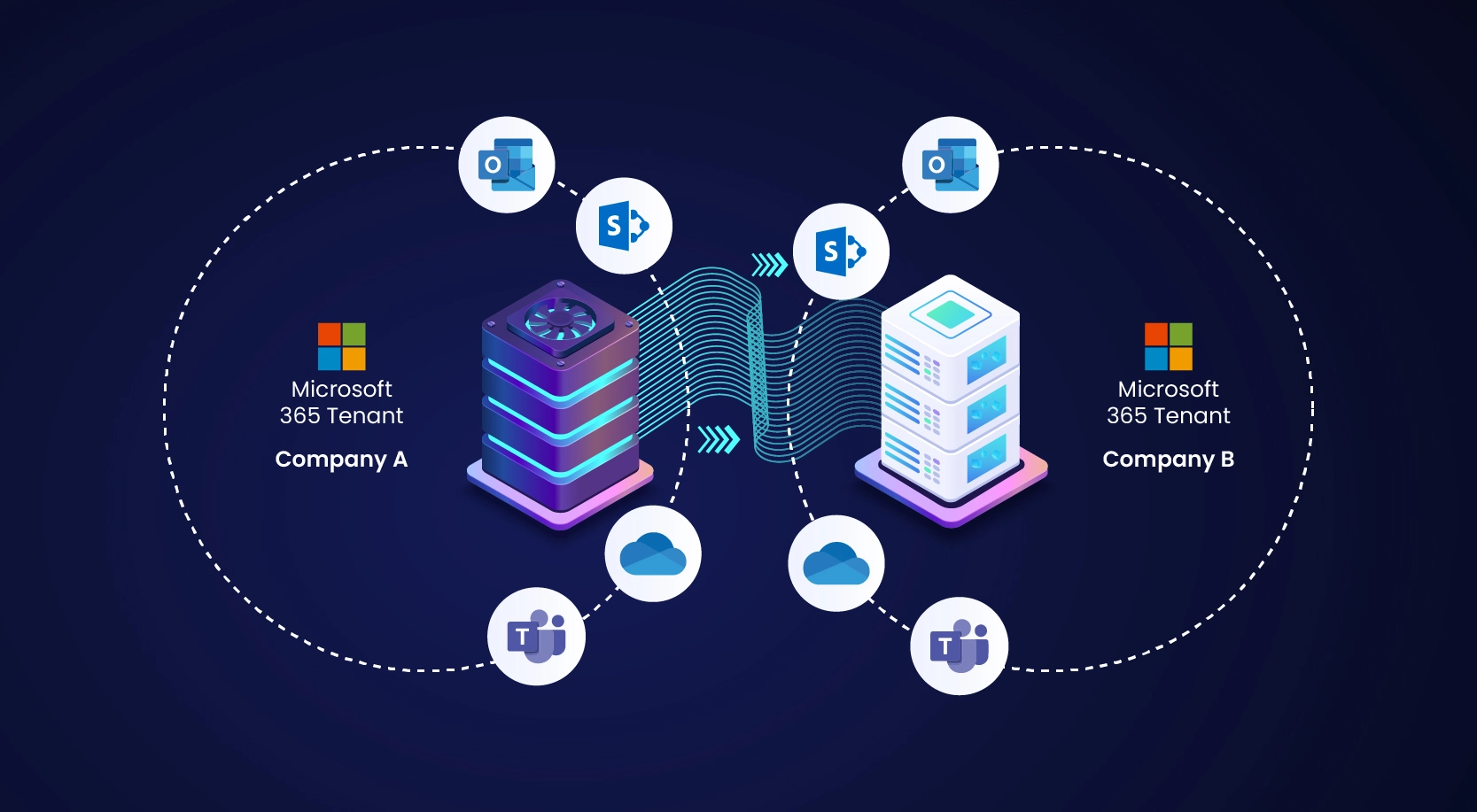
At the Microsoft AI Tour in San Francisco, I heard the same line from more than a few customers: “We need a generative AI solution.” That statement carried both excitement and uncertainty. Everyone sensed AI’s potential, but when I asked, “What exactly do you have in mind?” I often got a pause. Many leaders know they need AI, but aren’t sure what kind or how to implement it.
One customer I spoke with—head of operations at a healthcare company—said they’d been tasked with “rolling out AI by Q2” but weren’t even sure where to begin. That kind of pressure isn’t uncommon. It’s a signal that we need to shift the conversation from AI as a goal to AI as a tool.
The takeaway was clear: don’t chase AI hype—align AI projects with real business needs. Microsoft’s AI Alignment Guide breaks down the vague ask for “a generative AI solution” into concrete approaches tailored to different personas and goals. In other words, generative AI isn’t one-size-fits-all. Whether you want to enhance what you have, extend your capabilities with custom agents, or integrate AI more deeply with full control, there’s a pathway that fits.

The key is choosing the option that matches your use case and organization’s readiness. That’s where persona-based copilots come in.
Persona-Based Copilots: AI in Business Functions
For line-of-business owners, a quick win is deploying persona-based copilots—AI assistants for specific departments or roles. These copilots embed generative AI into core processes to enhance them rather than replace them.
What I’ve seen work well here is simplicity. A sales manager doesn’t need a foundation model; they need better proposals generated from their CRM. AI can quietly make that happen behind the scenes.
By infusing AI into tools teams already use, the learning curve is low. The result is a quick improvement: instead of a generic AI trying to do everything, a persona-based copilot solves a concrete problem for one function.
Microsoft 365 Copilot: Broad Productivity Improvement
For knowledge workers across the organization, the easiest place to start is to integrate AI into the productivity apps they use every day. Microsoft 365 Copilot does exactly that—it brings generative AI into Outlook, Word, Excel, Teams, and more, so every employee has an intelligent assistant to draft emails, summarize documents, create presentations, and analyze data within the tools they already know. It delivers wide-ranging productivity gains using the tools and data your teams already rely on, without heavy setup or customization.
During the tour, one CIO told me that their first pilot group for M365 Copilot had “never wanted to go back.” That kind of reaction tells you how deeply AI can embed into daily work, without a massive transformation effort.
And because it works within your organization’s security and compliance boundaries, it can start providing value immediately, without a major IT project.
Copilot Studio: Custom AI, No Coding Required
What if your needs are more specialized? Copilot Studio is a low-code environment that lets your power users build custom AI agents or chatbots (no coding required) for scenarios that the out-of-the-box solutions don’t cover.
With Copilot Studio, an analyst or manager can create a tailored AI chatbot for a specific challenge—for instance, a care coordinator might build an agent that pulls patient discharge summaries, flags follow-up tasks, and routes them to the right care teams. These custom copilots extend your capabilities to cover scenarios unique to your healthcare operations.
And because they’re built with low-code tools, they remain governed and maintainable—IT can oversee it, but business users can drive it. This is where many enterprises are experimenting. It’s the middle ground—fast to build, but far more tailored than off-the-shelf.
Azure AI Foundry: Full-Scale AI Integration
Finally, for developers and IT teams, there’s the option to weave AI deeply and uniquely into your products or operations. Microsoft’s Azure AI Foundry is the platform for this code-first approach—a developer-focused hub where engineers can fine-tune models, build AI pipelines, and embed AI directly into applications with full control.
This route is about deep integration. If off-the-shelf or low-code options don’t meet a particular need, Azure AI Foundry lets you create exactly what you require from scratch.
It’s not for everyone, but for companies building IP-heavy products or proprietary systems, this is where differentiation happens. It’s the most complex path, requiring more investment and expertise, but it can deliver uniquely tailored AI solutions to your business.

Why Trusted Data and Governance Matter in AI
Generative AI is only as good as the trusted data it’s built on and the guardrails around it. This is where Microsoft Fabric and Microsoft Purview come in. Fabric unifies your data and analytics, and Purview enforces data governance and compliance. All these copilot solutions also plug into Fabric and Purview.

In practice, deploying a copilot isn’t just about AI itself—it’s also about managing its information flow. A generative AI is only as useful and responsible as the data you feed it and the rules you set.
I’ve said this before, but it’s worth repeating: if your data isn’t ready, your AI won’t be either. Governance isn’t an add-on—it’s the foundation. By strengthening your data fabric and governance policies up front, you ensure that whichever AI path you choose runs on reliable information and stays within the right boundaries. When someone asks, “How is our data being used by this AI?”, you’ll have a clear answer.
From Hype to Real Impact
I think the realization for many leaders is this: Generative AI has undeniable potential, but making it meaningful requires focus. The organizations succeeding with AI have a clear objective and start small—turn on a ready-made copilot and let your team get comfortable, then scale up to more custom solutions as you learn what works.
The big takeaway from the Microsoft AI Tour? It’s not about building “a generative AI solution.” It’s about building the right one for your team, your data, and your business model. That’s how you go from exploring AI to actually using it—to reduce effort, drive outcomes, and free your people to focus on what matters most.
In healthcare, especially, where accuracy, privacy, and time-sensitive workflows matter, I’m seeing real momentum—from clinical documentation copilots to patient-facing virtual agents. It’s an area I expect to grow rapidly. I’ll be watching closely how different industries—from finance to life sciences—continue shaping their own GenAI journeys in the months ahead. What’s clear is this: alignment beats ambition, every time.
Curious what the “right” generative AI solution looks like for your business? Let’s figure it out—together. Talk to us.






